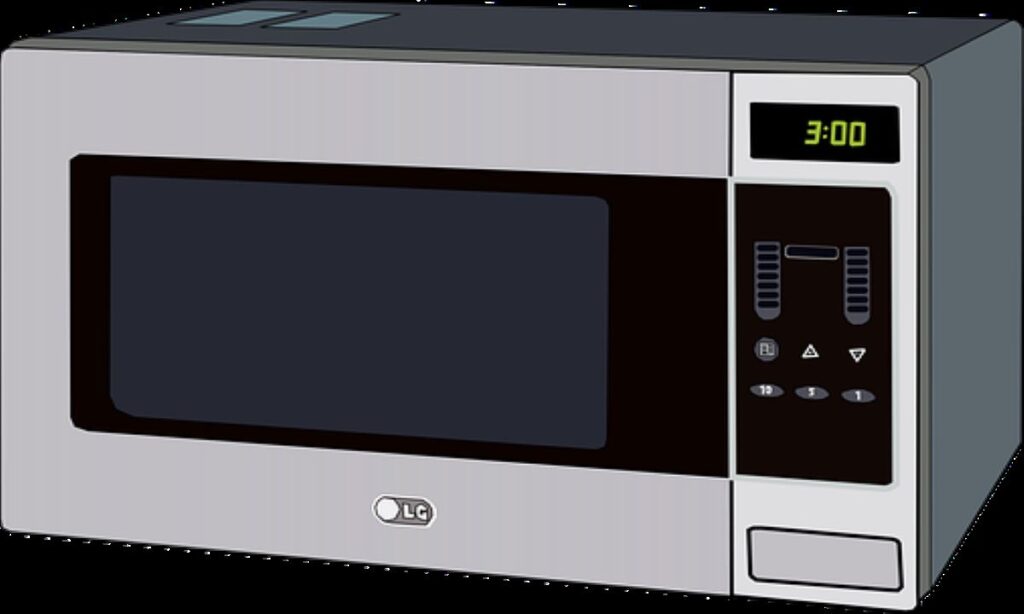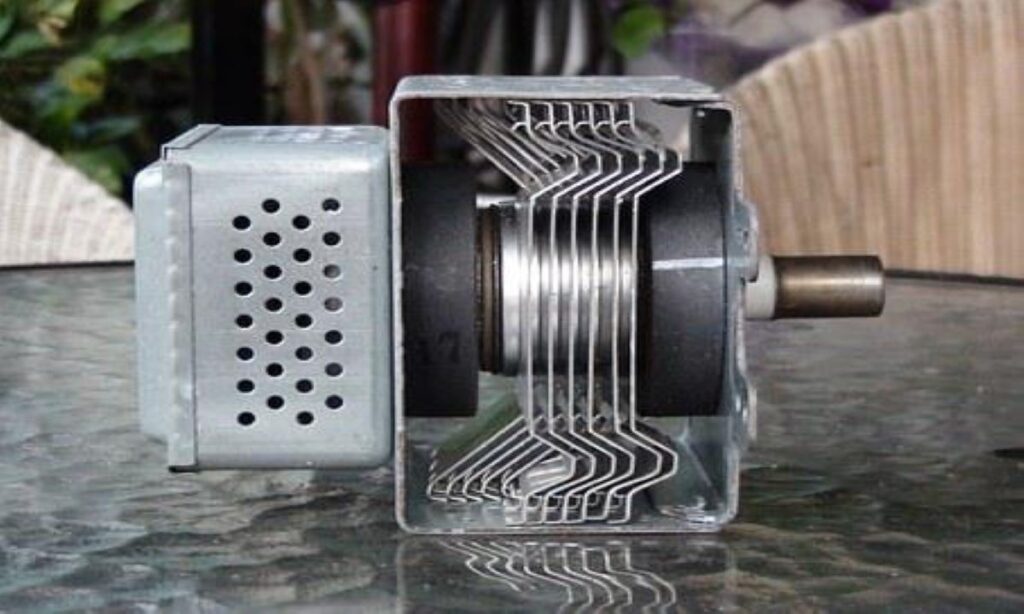Microwaves have come a long way since first introduced in the 1950s. They were first seen as a convenient way to heat food. Now they’re an essential part of the kitchen, used for everything from reheating leftovers to entire cooking meals. While microwaves have certainly evolved over the years, there are still some things about them that might surprise you. Here are seven things you didn’t know about microwaves:

1. The First Microwave Oven Weighs as Much as a Small Car
In 1947, an engineer named Percy Spencer was working on radar technology for the Raytheon Company. He noticed that the chocolate bar in his pocket had melted during his work. This led him to experiment with microwaves and eventually create the first microwave oven.
The machine was big and bulky, weighing 750 pounds (340 kg) and standing 6 feet (1.8 m) tall. The interior was just one cubic foot (0.028 m3), about the size of a modern microwave. It cost $5,000, which is about $65,000 today. The microwave required a water line because it used water to cool the magnetrons that produced the microwaves.
2. Microwave Ovens are Not All the Same
Not all microwave ovens are the same. There are different microwave ovens, each with its own set of features. So, when buying a microwave, consider RF & Microwave Heating for your needs. This is a form of cooking that uses electromagnetic radiation to heat food. This type of cooking is different from conventional cooking methods like stovetop cooking or oven baking, which use conduction or convection to heat food.
Microwaves are a type of electromagnetic radiation that can be used to heat food. When microwaves are absorbed by food, they cause the molecules in the food to vibrate. This vibration produces heat, and this is how microwaves cook food. There are three types of microwave heating: dielectric heating, conductive heating, and inductive heating.
Dielectric heating is the most common type of microwave heating. It occurs when water molecules absorb microwaves in food. This absorption causes the water molecules to vibrate, and this produces heat.
Conductive heating occurs when microwaves are conducted through metal. This type of heating is often used to heat metals, like metal pans and foil.
Inductive heating is a type of microwave heating that uses an electromagnetic field to heat food. This type of heating is often used to heat liquids, like coffee or soup.
3. Microwaves Use High-Frequency Waves to Cook Food
Microwaves cook food by using high-frequency waves. These waves cause the water molecules in the food to vibrate, producing heat. An appliance generates microwaves called a magnetron. The first magnetrons were large and unwieldy, so the early microwave ovens were big and bulky.

Today’s magnetrons are smaller, so modern microwave ovens are more compact. This makes them more efficient and easier to use. Additionally, the magnetron is now located at the back, which further reduces the size of the oven.
4. Microwaves are Used in Space
One of the most surprising things about microwaves is that they’re used in space. In 1965, NASA launched the first microwave oven into space aboard the Gemini 3 mission. The oven was used to heat food for the astronauts on the mission.
Since then, microwave ovens have been a staple on American space missions. They’ve even been used for cooking food on the International Space Station. Microwave ovens are used in space because they’re more efficient than traditional ovens. They use less energy and generate less heat, which is vital in the cramped conditions of a spacecraft.
5. Microwaves Cook Food Quickly
One of the most convenient things about microwaves is that they cook food quickly. Microwaves can cook food in a fraction of the time it would take to cook it in a traditional oven. This is because the high-frequency waves of microwaves cause the water molecules in the food to vibrate, producing heat. The microwaves also evenly distribute this heat, so food doesn’t have to be turned like it does when cooking on a stovetop.
The amount of time it takes to cook food in a microwave depends on the power of the microwave and the type of food. The higher the power of the microwave, the shorter the cooking time will be. The denser the food, the longer it will take to cook. Generally, though, microwaves are much faster than traditional ovens.
6. Microwave Ovens Can be Used for More than Just Cooking
Microwave ovens can be used for more than just cooking food. They can also warm up food, defrost frozen food, and even dry out wet clothes. Many people also use their microwave ovens to sterilize medical equipment, baby bottles, and kitchen sponges.
Microwave ovens can even be used to make some types of food. Popcorn, for example, can be made in a microwave oven. There are also special microwave ovens designed to make things like pizza and chicken nuggets.
One of the most surprising things you can do with a microwave is make a fire. It would help if you had a piece of paper, some lint, and a match. Place the lint on the paper and put it in the microwave. Turn on the microwave and wait until the lint catches on fire. Then quickly remove the flaming lint from the microwave before it sets anything else on fire.
7. Microwave Ovens have Safety Features
Most people don’t realize that microwaves have safety features built-in to prevent fires. These features are meant to protect the user and the appliance. Some standard safety features include:
- An automatic shut-off: This feature will turn the microwave off if it senses that the food is overcooking.
- A door interlock: This prevents the microwave from operating if the door is open.
- A keypad lock: It locks the keypad so that the oven can’t be turned on accidentally.
- An exhaust fan: This blows hot air out of the appliance to prevent overheating.
While these safety features are designed to prevent accidents, caution is still necessary when using a microwave oven. Never put anything in the oven that could catch on fire, like wax paper or aluminum foil. Also, keep an eye on food as it’s cooking, so it doesn’t overcook and start a fire.
While microwaves are relatively simple appliances, there’s a lot that most people don’t know about them. From their history to their many uses, microwaves are more interesting than they appear. The next time you use your microwave, remember these facts and amaze your family and friends with your knowledge.
